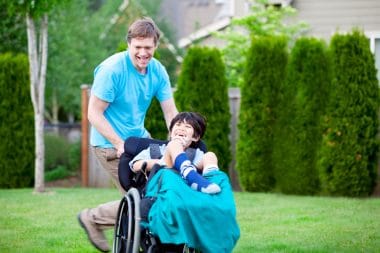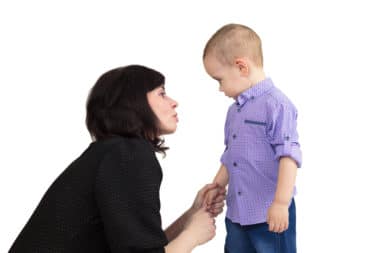It can be very beneficial to teach your child to a second language. Usually the question is when to start teaching your child to speak another language. There are some great benefits to teaching your child a second language. It has shown that children who are taught a second language have better critical thinking, boost their problem solving, listening skills, and they also show to have a better ability to multitask.Â
It can be hard to teach your child or to know the best way to teach your child a second language. Especially if you, yourself aren’t fluent in another language. It is best to try and teach your child the second language before they are the age of five. Â
There are a few main ways to try to teach your child another language. How you teach your child though depends on the best way that suits you and your family. It is ok if you aren’t completely fluent in the second language. The benefit of teaching your child a new language means that you will start learning it too. It is important though to have your child exposed in conversation with the language you are wanting your child to be bilingual in. Conversation is as important as just learning vocabulary.Â
Many Different Approaches
One way to teach your child another language is to use the one parent one language. This is a beneficial way to do this when you have one parent fluent in one language and another fluent in the second language you want to teach your child. This method calls for each parent to stick to one language whenever speaking. This helps their child hear both languages simultaneously from both parents. Â
Another way you can teach your child is to focus on the minority language at home. That means if your child will learn English at school, you speak the second language at home fully. This is when both parents use the minority language at home. You don’t have to worry about your child not picking up on the other language since they will be taught the language at school. This is usually used when parents feel like the minority language needs extra help since it won’t be the main language they are around.Â
You can also use the time and place method. This is when you specify certain locations or times for each language. Meaning you either speak your second language every morning at breakfast, then in the afternoon you speak your other language. Or you always listen to music in the car of one language. Or days of the week can be separated to where certain days you speak one language and the others you speak the other. As long as you are consistent this can be a great and easy way to work on language at home. Â
The mixed language policy is when you use both languages. You teach your child both words from both languages or speak to them mixing both languages. This can be mixed together as much as you deem best, you can focus on speaking the language spoken at school to discuss school or do homework, while speaking the second language about feelings or daily activities.Â
Make It Fun
It is fun to find some fun ways to teach your child a second language.Â
You can find some fun television shows to watch in a different language, or watch movies you love in another language to help boost your understanding of the language.Â
Another fun way to teach your children is through music. Music is a great way to teach your child something and have them remember it. Rhythms and rhymes help you remember things better, this is why when we are young we sing our ABC’s to learn them. It is no different with another language. You can teach your child days of the week, months, and even common sayings through song in a different language.Â
If you have an older child you are teaching a language you can play fun board games. You can take board games your child already loves and change them to help learn the second language. Take Candy Land, instead of saying the colors in English or your first language, switch it up and have your child say what color they draw in the second language. You can also find Bingo in other languages that will have the word in the second language written on the cards, but with a picture so you can learn vocabulary in a fun way.Â
Another way to teach your child vocabulary is to focus on one word a day. You pick a new word each day to learn and you can go through categories. Start with colors, then move on to clothing words, or furniture. Before you know it you will have a whole list of words you know. Â
Wrap Up
How you teach your child two languages is up to you. It is what works best for you and your family. You can focus on one method solely or you can mix up a few different methods. Start teaching your child the second language as soon as possible. They are never too tiny to start absorbing words and what you say to them. When they get older and start talking don’t be worried if they start mixing and interchanging words from both languages. This is normal and is ok for your child to do this. They will sort out the languages eventually. Don’t get frustrated if it takes longer for your child to learn the languages. BIlingual babies have a tendency to be a bit delayed in speech because they are processing two different languages. Don’t be worried if your child doesn’t talk right away when teaching them two languages. Be patient and have fun teaching your child a new language. Who knows in the process you may become fluent in a new language too. Â
Give Your Children A Bilingual Advantage! Learn how here. #HealthStatus
It is best to try and teach your child the second language before they are the age of five. Â









Reply